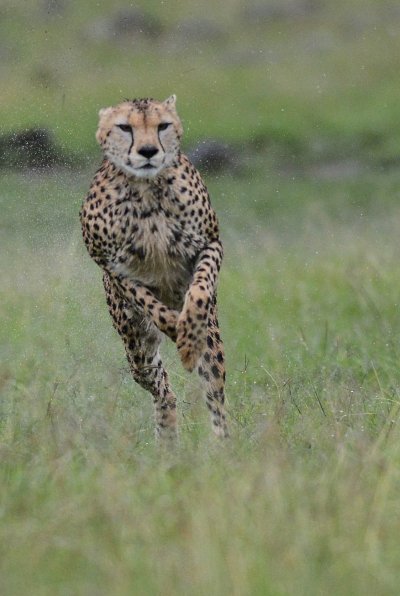|

Surely, one of the biggest contenders must be the Asiatic cheetah.
Recent publications reveal that “about 40” of these cheetahs survive in Iran. Years ago, the Asiatic cheetah ranged across northeast Africa, the Middle East, southern Asia – even India.
Genetic analyses reveal that there are at least four genetically different subspecies of cheetahs in the world. Acinonyx jubatus jubatus is the southern African subspecies. Biggest population in Namibia where trophy hunting is allowed. Then we have A. jubatus hecki (Northwest Africa), A. j. soemmeringii (Northeast Africa), A. j. venaticus (Western and Southern Asia, presently only found in Iran).
A. jubatus hecki – we have no information on the status of this cheetah. As it occurs in western/northern African nations beset with very many difficulties, we could almost be allowed this subspecies to be sadly written off as “extinct or no longer viable”.
A. jubatus soemmeringi – the eastern African cheetah. Survival mainly in Tanzania and Kenya.
But here I’m talking about A. jubatus venaticus. The “Asiatic cheetah”. With only 40 individuals left? The recent publication on the state of those cheetahs mentioned that “We compiled 50 records of cheetah mortality between 2001 and 2016, of which 34 (68.0%) were confirmed by photographs or collected carcasses. So, 40 cheetahs remaining and at least 34 killed? Road accidents and livestock herders contributed.
Also, the genetic information (albeit based on a small number of samples) revealed that the Iran cheetahs are highly inbred. No surprise there, but an existential threat to their future survival.
So what is the way forward for cheetah persistence? Clearly those nations that allow cheetah hunting trophy offtake have to review their policies. As do those NGOs that support cheetah hunting as a “conservation measure” in southern Africa. Iran needs to “up” their cheetah conservation measures. The eastern African cheetahs are greatly needy of sincere and appropriate national conservation plans.
Picture credit : Martin Fowkes
|




